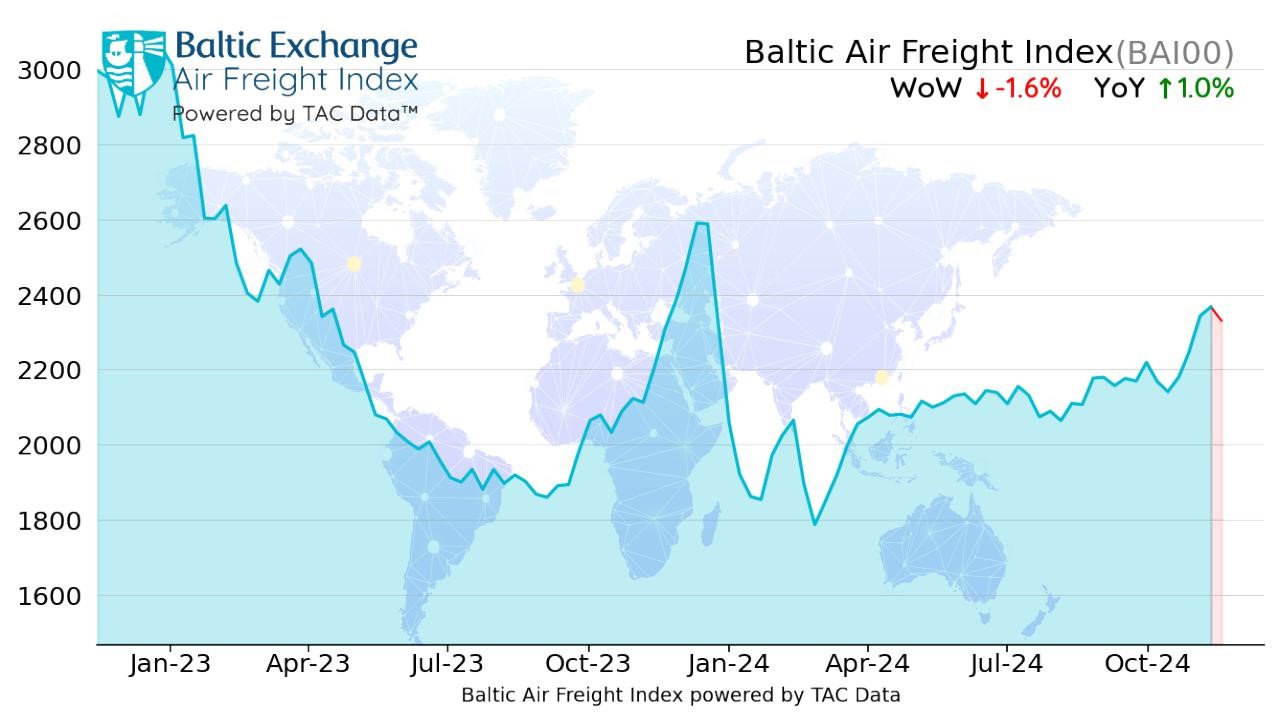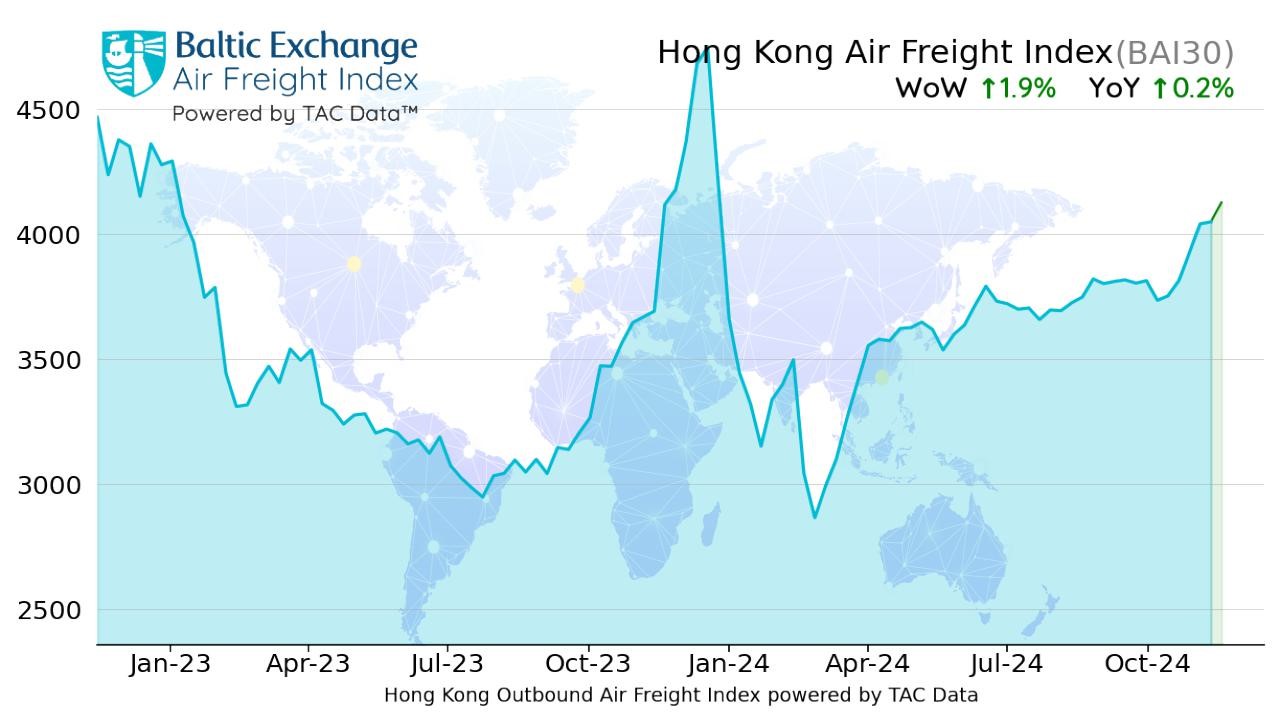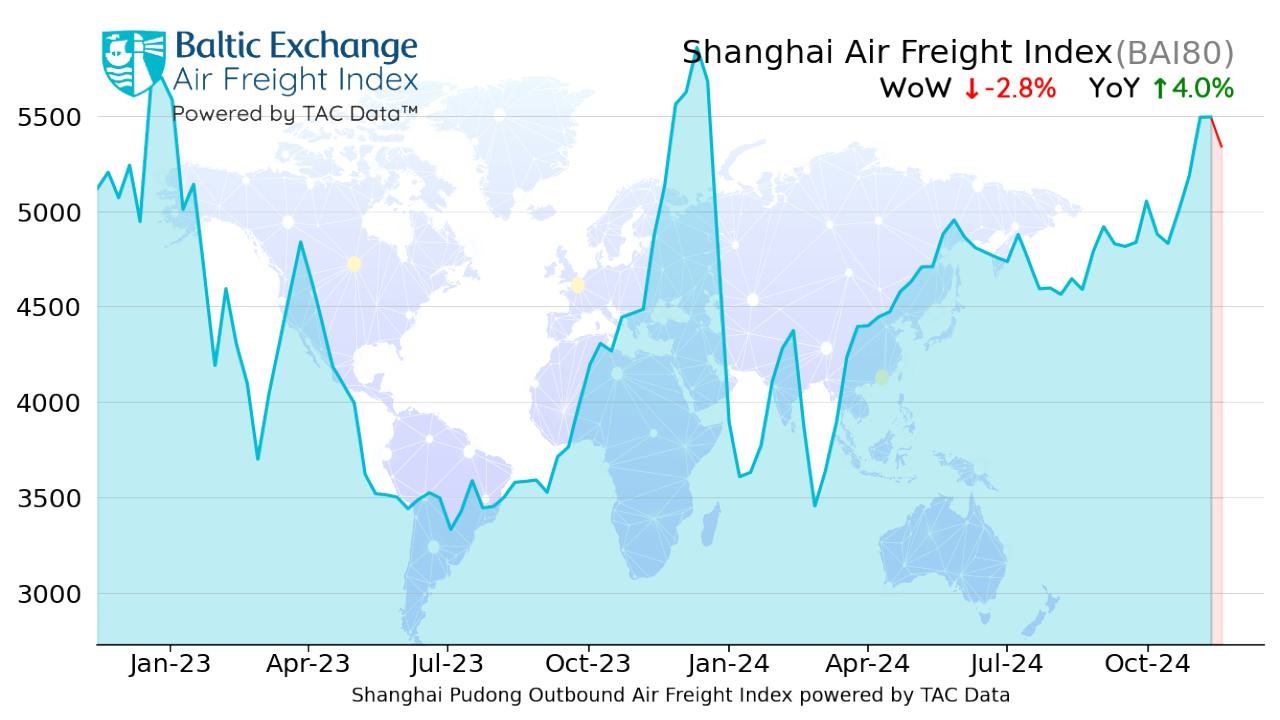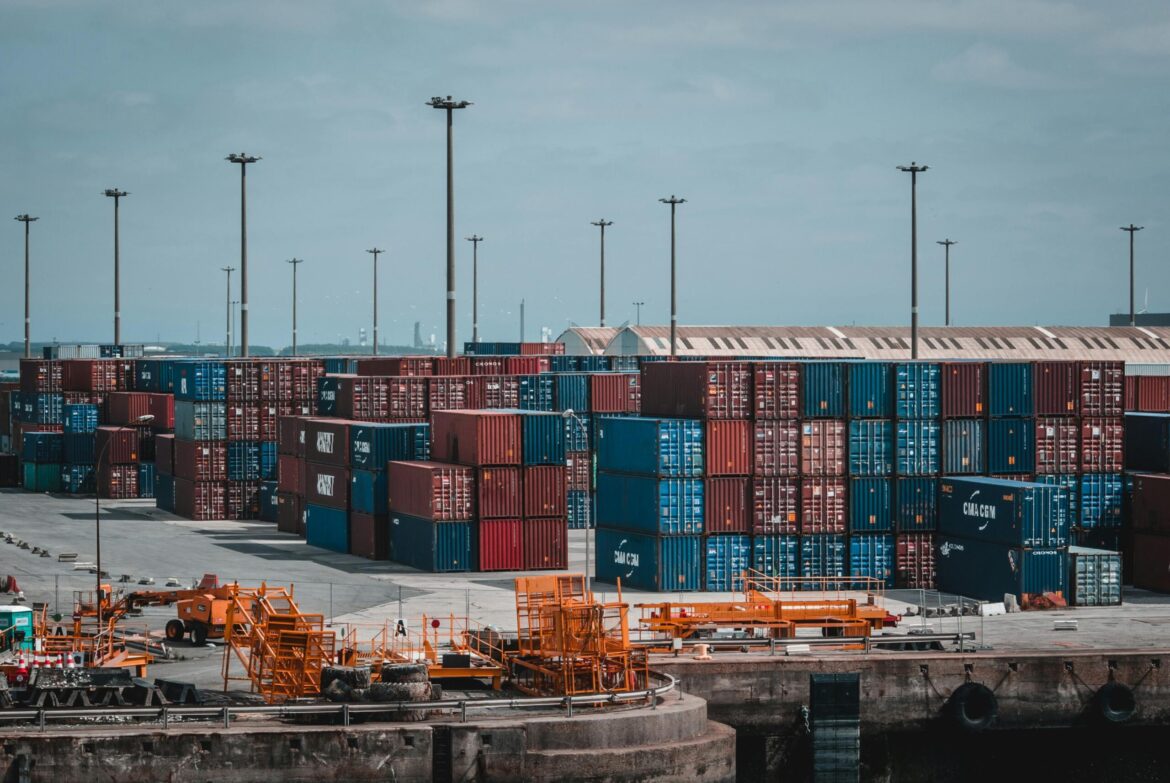Only a few months ago, the air cargo industry was preparing for what was expected to be a busy peak season out of Asia. However, the flatlining of airfreight rates over recent weeks appears to confirm that while the industry remains busy, the peak season has not materialised in the way many were expecting.
Speaking on an Air Cargo News webinar, in partnership with Maersk, Marcus Ng, regional head of airfreight, Asia Pacific, Maersk, explained that shippers had brought forward shipments to avoid potential disruption, particularly because of concerns over drawn-out port strikes at US east and Gulf coast ports.
He added that shippers had also prepared well to get fixed capacity in place to avoid any surprise surge and mitigate risk.
Tim van Leeuwen, head of consulting at Rotate, agreed that companies had been better prepared and had been planning further out than they had in the past in order to avoid the disruption experienced in recent years.
And Carrie Yap, area head of airfreight, Southeast Asia, Maersk, added that the improvement in ocean shipping reliability as box carriers had adjusted to the longer transit times created by the Red Sea crisis had resulted in some modal shift back to container shipping.
Looking at the numbers, figures from the Baltic Airfreight Index based on TAC data – based on a combination of spot and contract rates – shows that overall rates were last week down 1.6% week on week (WoW) “a somewhat weaker number than many might have expected earlier this year for a period when the market enters the height of peak season”, TAC said.

Source: TAC
However, TAC market sources suggested that spot rates were continuing to trend up last week out of China, particularly on transpacific lanes to the US east coast.
“The index of outbound routes from Hong Kong was up again by 1.9% WoW, with gains on most major lanes keeping it narrowly ahead by 0.2% year on year (YoY).
“But outbound Shanghai was lower by 2.8% WoW, reflecting declines on most major lanes from there, though still ahead by 4.0% YoY.
“Elsewhere out of Asia, there were further gains WoW on rates out of Vietnam both to Europe and to the US. Out of India, rates were rising again to the US, but lower to Europe – as they were also from Bangkok, though rates remain a long way up YoY on lanes to Europe from both locations.”


Source: TAC
Air cargo’s “wait and see” approach to US tariffs and positive demand outlook for 2025
The post Flatlining rates reflect a quieter than expected peak season appeared first on Air Cargo News.



